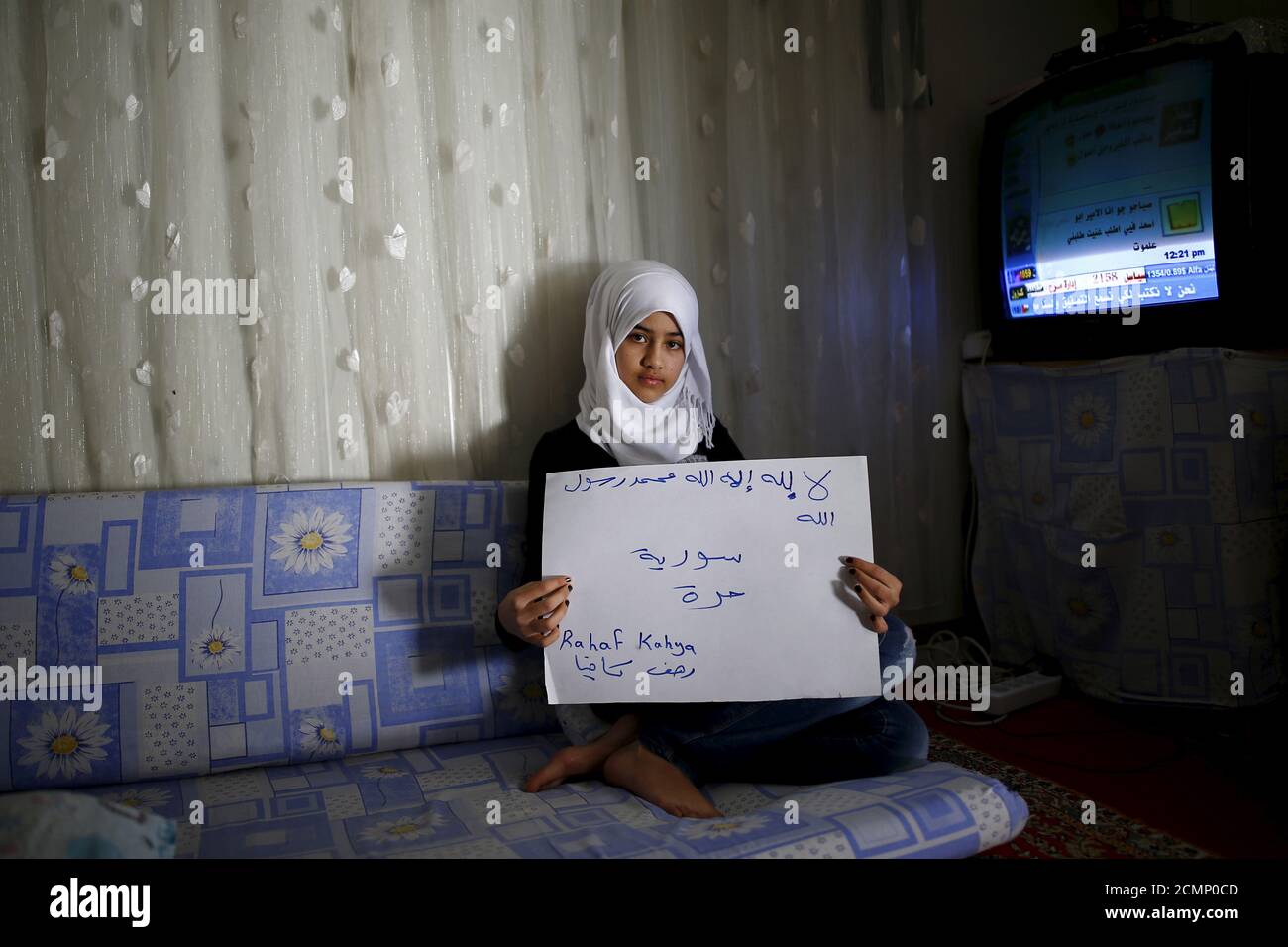

Majidi respects Islamic convention by never showing Muhammad’s face and shooting him mostly from the back. Right now, the film’s main takeaway is that Islam, Judaism and Christianity share similar values and roots. Given the surge of worldwide interest in what Islam is all about, and that the pic is likely to be Iran’s Oscar submission for best foreign-language film, it would pay to invest in some title cards providing pertinent background information so that non-Muslim viewers know the relationships between the dramatis personae, how the Bani-Hashim relate to the Quraysh tribe, and just who was worshipping what and ruling where at the time.

These cliched scenes, in combination with the elaborate but cheesy-looking special effects, register mostly as second-rate copies of Western cinematic conventions.Īlso problematic, at least for offshore audiences, is that those unfamiliar with the history of Islam - and the story behind the man considered by Muslims to be the last prophet sent to humankind by God - may be more than a little lost.

Restricted by both its narrative scope (it follows Muhammad from the year of his birth to the age of 12) and religious prohibitions against showing the prophet’s face, Majidi tries to enliven matters whenever possible with action scenes (legendary battles, chases through the marketplace, pilgrims circling the Kaaba, hand-to-hand combat, camel caravans, horses galloping across the desert), but action is not this helmer’s forte.


 0 kommentar(er)
0 kommentar(er)
